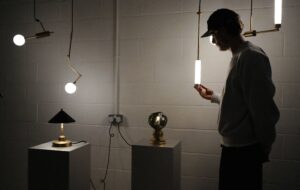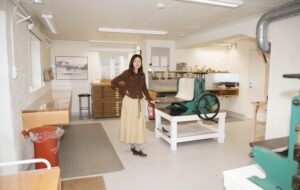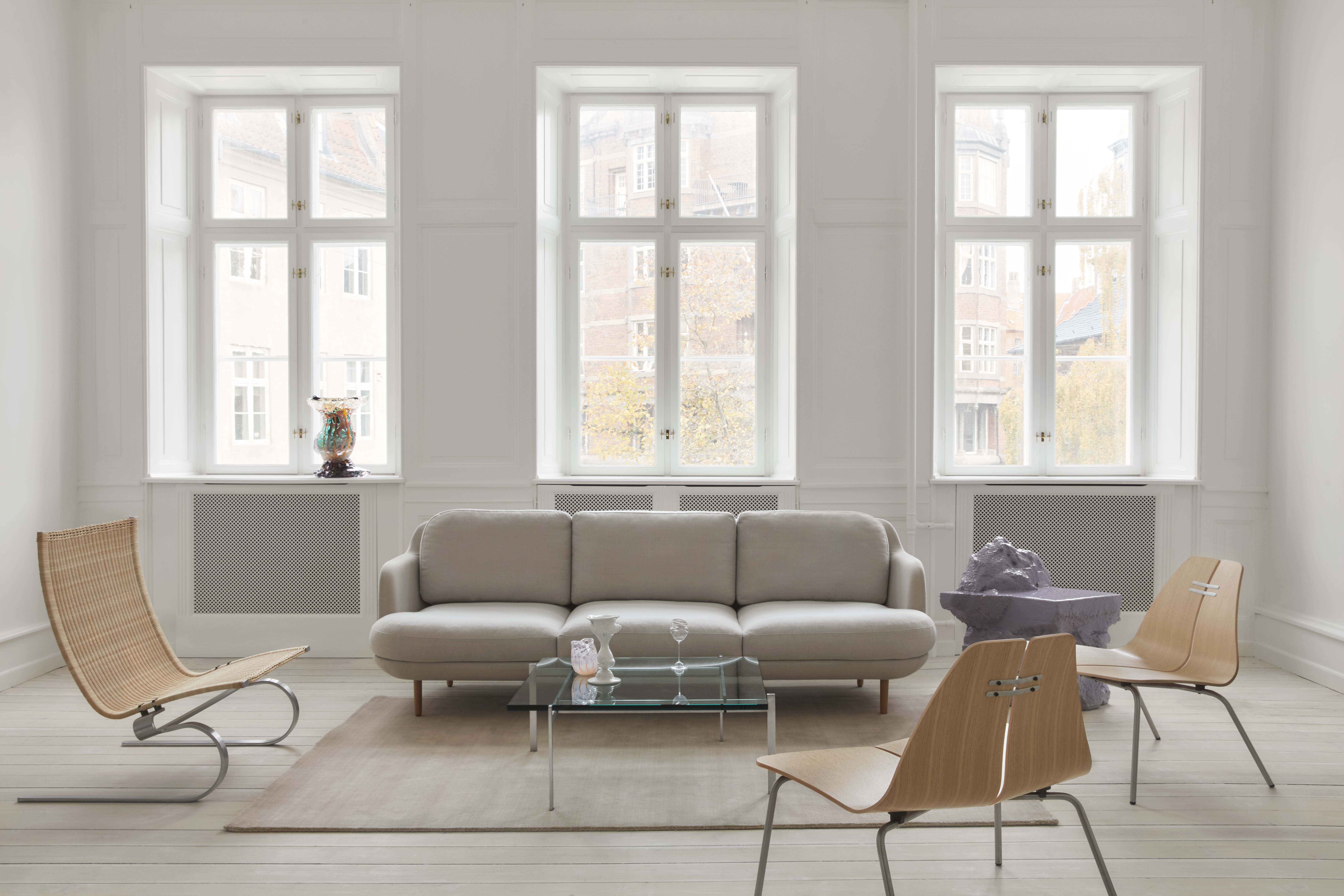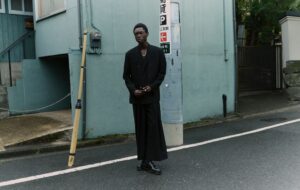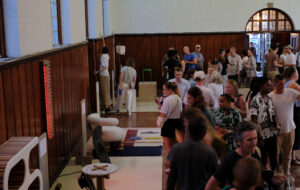
words Nicolas Roope
The intersection of mundanity, necessity and the sublime is showcased in the Thomas Heatherwick Conran Collection at the Design Museum.
What’s your first thought when asked to think of a “design object”? What chair, lamp, table or sofa drifted unprompted into your head, making you feel embarrassed that you couldn’t muster anything more original? It’s not your fault, it’s the product of a consensus we’ve reached about what design classics are, and the standards by which all design should be judged. Recently this has been augmented by agreement that not only binds the industry but is increasingly shared by the mainstream. You can’t dig up Eames chairs in tatty office clearance shops, there’s no dodgy Nolita junk shop where you’ll unearth a Barcelona chair for a price that makes you play poker face with the assistant, you can’t even snatch a bargain in Copenhagen’s Norrebro where there are more PH 5 lamps than people. Good design has become mainstream – or at least the 100 Best Chairs version of it.
There’s not a single chair in Thomas Heatherwick’s Conran Foundation Collection, and there aren’t a lot of names you’d recognise either. Maybe I’m reading too much into it, but this cheeky collection – put together with the customary £30,000 budget – seems to be a reaction to all this consensus.
On the surface of it, and from reading the show’s preface, you could easily conclude that Thomas is championing the elegant design solution as a response to a functional requirement, justifying the obvious departure from what you’d expect of a designers’ design collection. Is he simply leading with function over form, and is this an unacceptable stance? Well no. Consider Heatherwick’s own work. His projects have not served functional needs; rather they are three-dimensional poetry with very indirect effect. It wouldn’t make sense for his curation to eclipse his own fascinations and refined perceptions. In truth the collection possesses something rather unusual that does make sense of the clash between the job that the objects do and their more illusive prosaic potency.
Let me explain. Let me pull out a few pocket sized spectacles that come into view as I walk up and down the three long, packed aisles (£30k gets you a lot of design when you’re buying off-piste); a heat-sensitive bath plug that changes colour, so you can tell when the water’s scalding, a toy archaeological dig set, the nappy-like bag for sloppy-topped pizzas, kite string impregnated with glass to cut other people’s kite strings, a collection of microbe-inspired soft toys.
These examples might suggest a whimsical intention but after some time, patterns start to emerge. Devices of repetition, emphasis and surprise suggest grand underlying themes, whether this is intentional or not. This may sound like critical overkill, seeing something that isn’t there, but think of it like this: the stated connecting thread of the show is “functionality”, which makes it sound as good, solid and honest as a tin of Ronseal. Where it gets interesting, though, is that behind every function is a need, a situation, a behaviour, a state of mind, a state of a society. Behind each object is a story that reads: this object meets a need, otherwise it wouldn’t have been developed; there is a market out there for whom this function matters and has a meaning. When that’s a telescopic chopstick, it’s not so interesting; when it’s a Copy Dick, the plastercast set that allows your partner to keep a copy of your manhood when you’re away, it is.
With this angle the experience becomes very rich and interesting. Some pieces take you into places you’d never been or considered. The elegantly designed adjustable prop for supporting the head of a cadaver when laid out in church is a job we’d not expect a product to do and thus warrants consideration. The mittens from Tokyo that allow a couple to hold hands (one of the mittens has twin access) prompt thoughts about intimacy and its different expressions in different cultures.
Social comments also to hide in the innocuous official billing. Under-car neon strips, kebab meat catching pans and flame simulators (you’ll find one at your local Ritzy’s or Cinderella’s, the flapping material badly frayed) are all represented. To me this decision is an admirable one; a Martin Parr moment, where he’s challenging the onlooker to regard these objects as interesting ideas and not merely irrelevant paraphernalia of alien social groups.
The show works on many levels, a couple of rooms full of great gadgets that reminds you of flicking through the Innovations pamphlet, a smart and witty comment about design and how we should broaden our view when considering which standards to agree upon. And it’s somewhere where you can take the kids.


